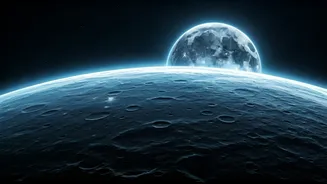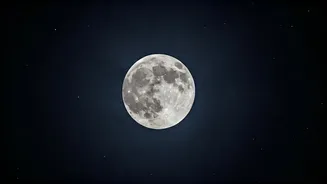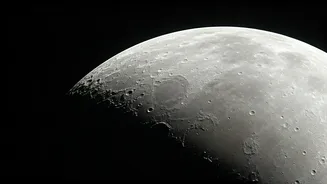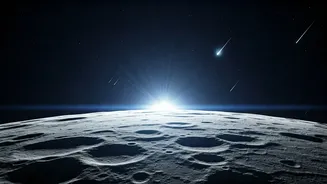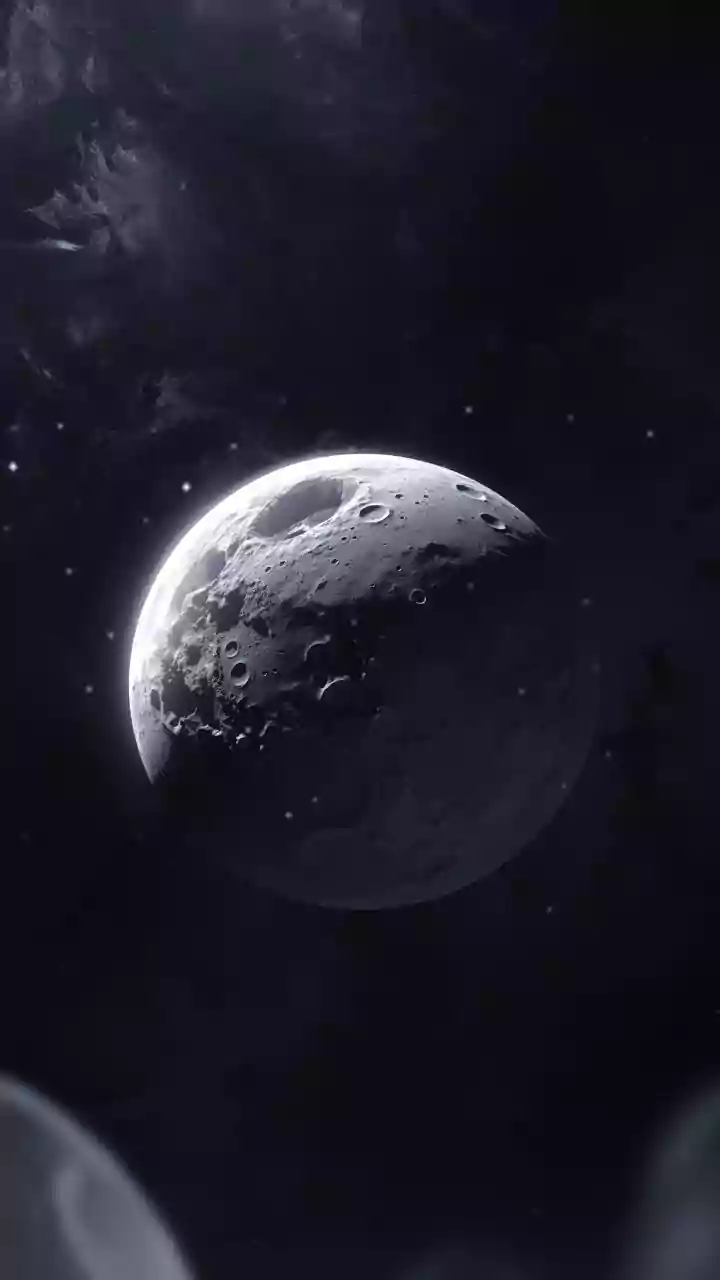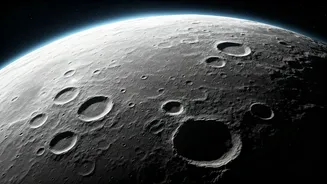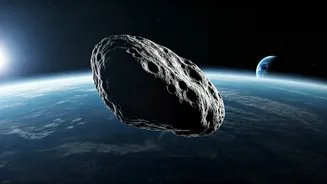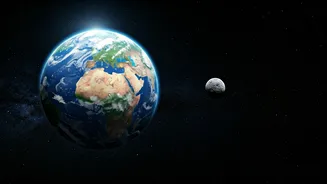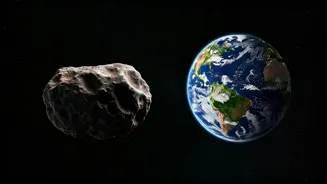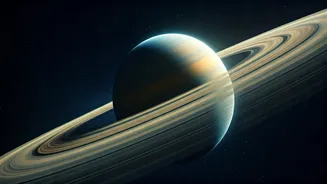Initial Observations
The Moon has, unexpectedly, lit up at times, presenting scientists with puzzling observations. Researchers have noticed instances of the Moon displaying
strange flashes and glows that have puzzled scientists around the world. These events don't align with our current understanding of lunar behavior, leading to a surge in research activity.
Theories Explored
Several theories are circulating to clarify the root of the glowing phenomena on the Moon. One potential explanation is that these flashes could be the result of meteoroid impacts, which, upon hitting the lunar surface, could cause a brief flash of light. Another suggestion involves volcanic activity, which, while not currently active, may have left behind materials that react to solar flares. Further, there is the possibility of space debris interacting with the lunar surface. All these possibilities, and more, are under assessment.
Challenges of Study
Studying the Moon presents several challenges for scientists striving to comprehend the unusual flashes and glows. The lack of an atmosphere, while making observations easier in some respects, also exposes the lunar surface directly to space radiation and impacts. The vast distances involved create logistical hurdles for equipment. Then, the remote and extreme environment of the Moon presents considerable difficulties in terms of building and maintaining equipment to analyze these unusual occurrences.
Scientific Importance
These lunar events hold significance for scientists, potentially offering new knowledge about the Moon's surface and history. Analyzing the origin of the glows could reveal information about the geological processes. Understanding this data could reveal insights into the frequency of space impacts, the presence of specific elements on the Moon, and possibly even the conditions that might have favored past or present activity. Investigating these occurrences could change our knowledge of the Moon.
Future Research
To unravel the secrets behind the Moon's strange glows, future research projects are in the works. These efforts are likely to include enhanced observations from Earth-based telescopes and advanced space missions with sophisticated instruments capable of capturing detailed data. Scientists are designing experiments to test various theories and to precisely measure any materials ejected during these unusual events. Collaboration between different space agencies will play a crucial part in furthering our grasp of lunar mysteries, opening up the Moon for further investigation.
